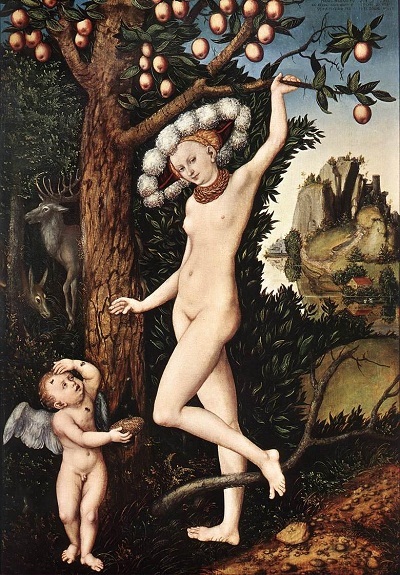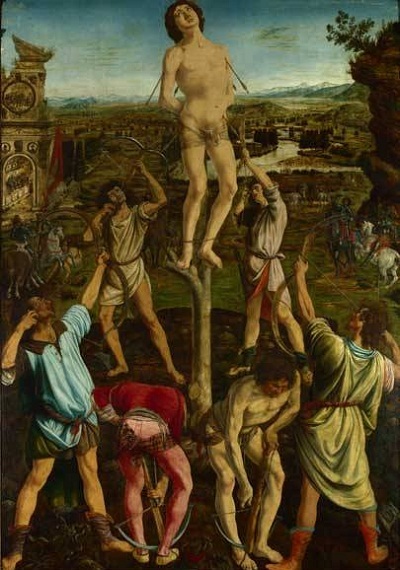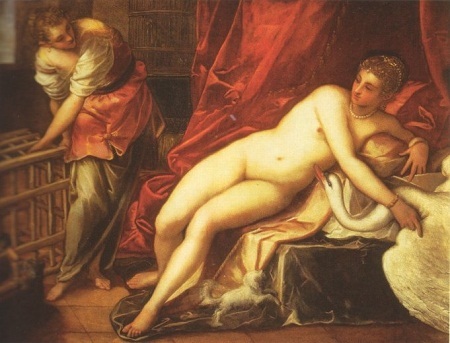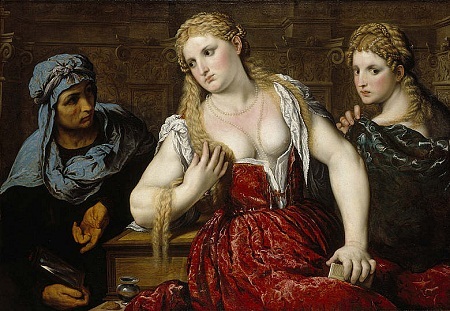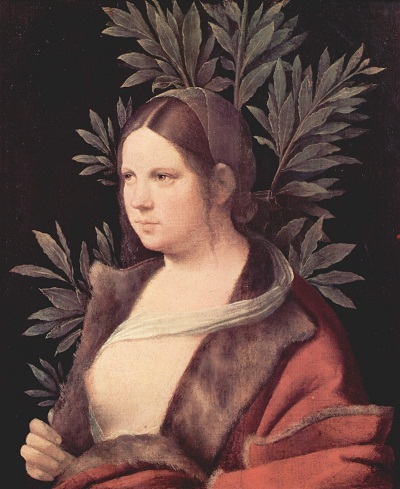In this period, the myths and legends of ancient Greece and Rome were revived and became a source of inspiration for artistic works. To reflect the vulnerability and delicacy of human beings, Renaissance artists often portrayed their subjects in a state of nudity.
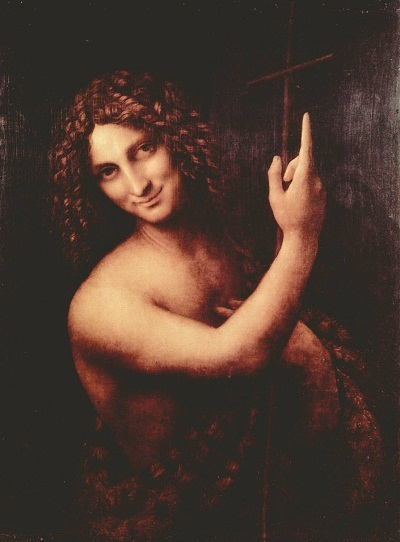
For Renaissance art, nudity became the focal point of artistic creation, evoking a sense of a time when humans lived in close harmony with nature.
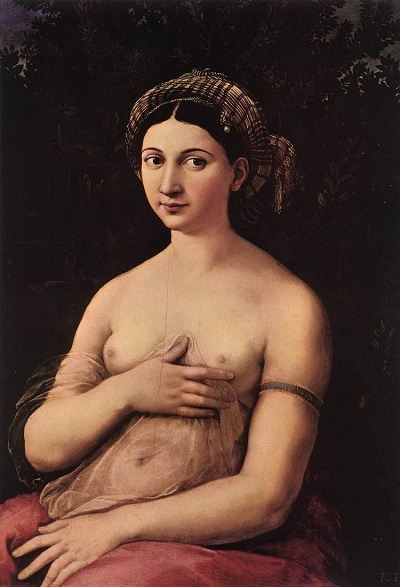
Italian painter Michelangelo (1475-1564)
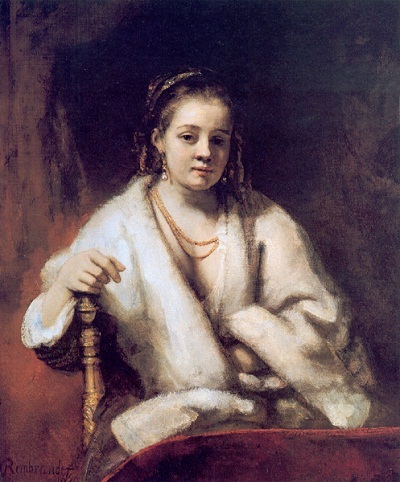
The Intensity in Nude Paintings during the Renaissance
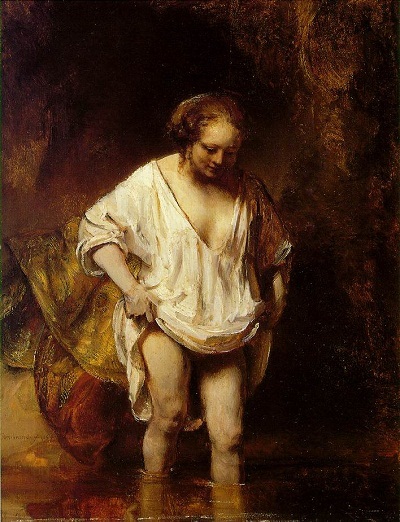
“The Leda and the Swan” painting, created in 1530, displayed at the National Exhibition, London, England. When Michelangelo publicly acknowledged his homosexuality, he courageously wrote love poems dedicated to a handsome noble youth. At that time, homosexuality could be punishable by death. In this painting, his depiction of Leda has somewhat masculine features.
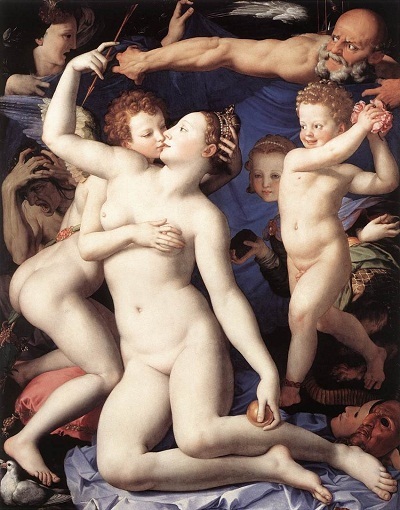
Italian painter Leonardo da Vinci (1452-1519)
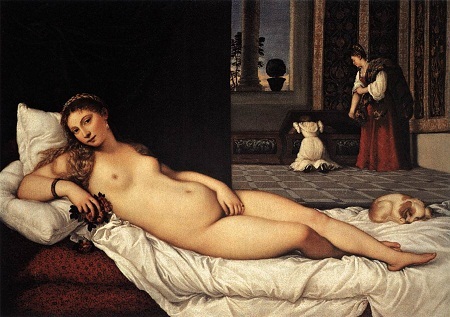
The “Leda and the Swan” painting, created between 1515-1520, displayed at the Uffizi Gallery, Florence, Italy. Leonardo believed that capturing desire was the great mission of art. He once wrote, “Painting surpasses poetry because if poetry can only describe love, painting depicts love. The painter ignites the burning desire in the viewer.”
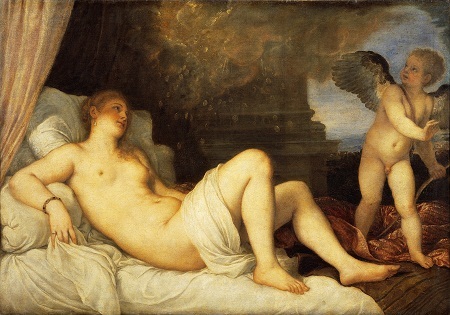
The Intensity in Nude Paintings during the Renaissance
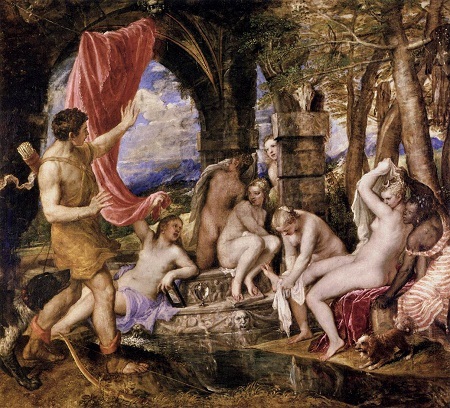
“The Saint John the Baptist” painting, created Beethoên
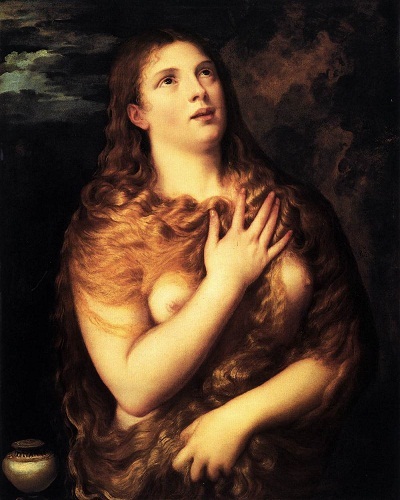
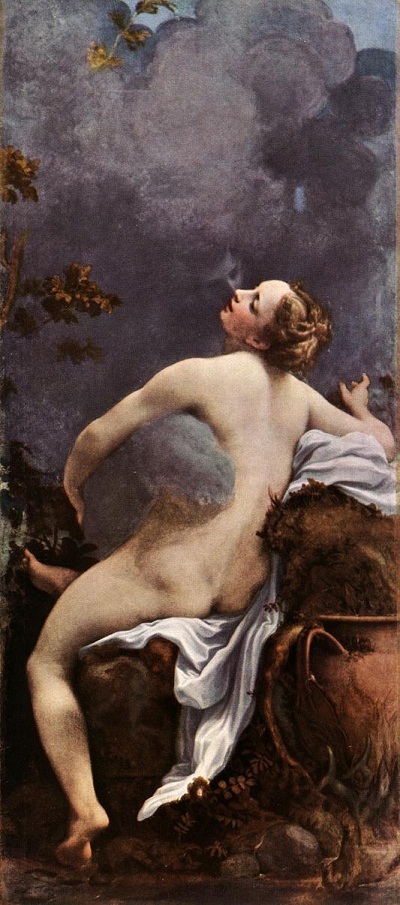
.
